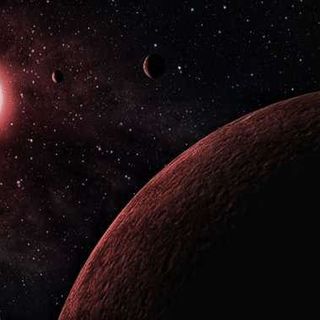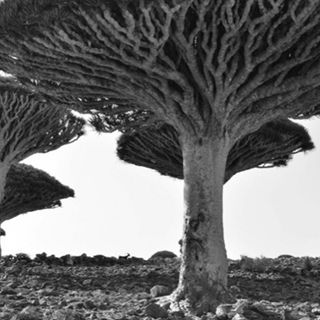The Milky Way’s pet black hole has suddenly started gulping in an unprecedented amount of interstellar gas and dust.
“We have never seen anything like this in the 24 years we have studied the supermassive black hole,” Andrea Ghez said in a statement. Ghez is a professor of physics and astronomy at the University of California, Los Angeles (UCLA) and a co-senior author of the research published in Astrophysical Journal Letters. “It’s usually a pretty quiet, wimpy black hole on a diet. We don’t know what is driving this big feast.” (Maybe it’s a lifetime of being called wimpy? Just a thought.)
At 26,000 light-years away, the astronomers, who used the European Southern Observatory’s Very Large Telescope in Chile and the W.M. Keck Observatory in Hawaii to make their observations in May, say the black hole, known as Sagittarius A*, poses no danger to Earth. Still, I’m pretty sure this is how the world ends: not with a bang, but with a whimper of ‘I ate too much.’
The researchers, who do not seem to grasp the comfort of unfounded terror, seem fascinated more than anything else. (Fools.)
Related on The Swaddle:
Is This Normal? “I Can’t Stop Imagining Potential Catastrophes During Everyday Situations”
“The first image I saw that night, the black hole was so bright I initially mistook it for the star S0-2, because I had never seen Sagittarius A* that bright,” UCLA research scientist and the study’s lead author, Tuan Do, said in the statement. “But it quickly became clear the source had to be the black hole, which was really exciting.” (Was it really?)
According to NASA, a black hole is a point in space into which so much matter has been compressed, in so little space, that its gravity is so strong not even light can escape. Hence, Do’s excitement; black holes appear, well, black and can only be observed by their effect on stars, gases, and dust around them. To study the supermassive black hole, Ghez’s team monitors more than 3,000 stars that orbit it. Sagittarius A* may have appeared bright to Do, but the brightness was really the brightness of a build-up of gas and dust (the main ingredients of a star) around the rim of the black hole’s ‘point of no return’ — the point where once matter enters, it can never escape — which was twice as bright as the previous brightest observation.
Also according to NASA, “Black holes do not go around in space eating stars, moons, and planets. Earth will not fall into a black hole because no black hole is close enough to the solar system for Earth to do that.”
Or maybe no black hole has been hangry enough to gulp down space until it gets close to Earth. Yet.




